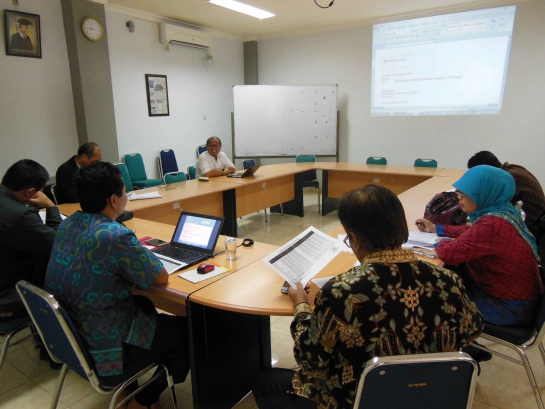FOREWORD
The papers contained in this proceeding originate from the “2015 International Conference on Green Development in Tropical Regions”. Keynote speakers and authors of selected oral and poster presentations were invited to submit a manuscript for publication. Manuscripts were reviewed by the editors, and members of the editorial boards, and papers of a suitable scientific standard feature in this publication. The Steering Commitee appreciates the contributions of all editors and reviewers in improving the quality of this proceeding.
In particular, I wish to express my warmest appreciation to the following people: Our distinguished keynote speaker, Prof. Dr. H. Susilo Bambang Yudhoyono as President of Assembly and Chair of Council Global Green Growth Institute and the 6th President of Republic Indonesia.
Our plenary speakers Prof. Ian Patrick (University of NewEngland, Australia), Prof. Jamal Othman (University of Kebangsaan Malaysia, Malaysia), Dr.Endah Murningtyas (PERHEPI Pusat, Indonesia), Prof. Bustanul Arifin (Lampung University, Indonesia), Prof. Nestor Baguinon (University of the Philippines Los Banos, the Philippines), Dr. Nguyen Van Kien (An Giang University, Vietnam), Dr. Lareef Zubair (Columbia University) and Prof. Rudi Febriamansyah (Andalas University).
We would also like to thank the Perhimpunan Ekonomi Pertanian Indonesia (PERHEPI), PT. Semen Padang Indonesia, Bank Syariah Mandiri, PT. Incasi Raya, Bank Nagari, Pusat Studi Lingkungan Hidup Universitas Andalas, Jurusan Sosial Ekonomi Fakultas Pertanian, Provincial Government of West Sumatera for their collaboration, and a very special thanks to the United States Agency for International Development (USAID) for sponsoring this conference through the PEER project at Andalas University.
Padang, July 2016
Chairman,
Prof. Rudi Febriamansyah, PhD
Director of Graduate Program
Andalas University









